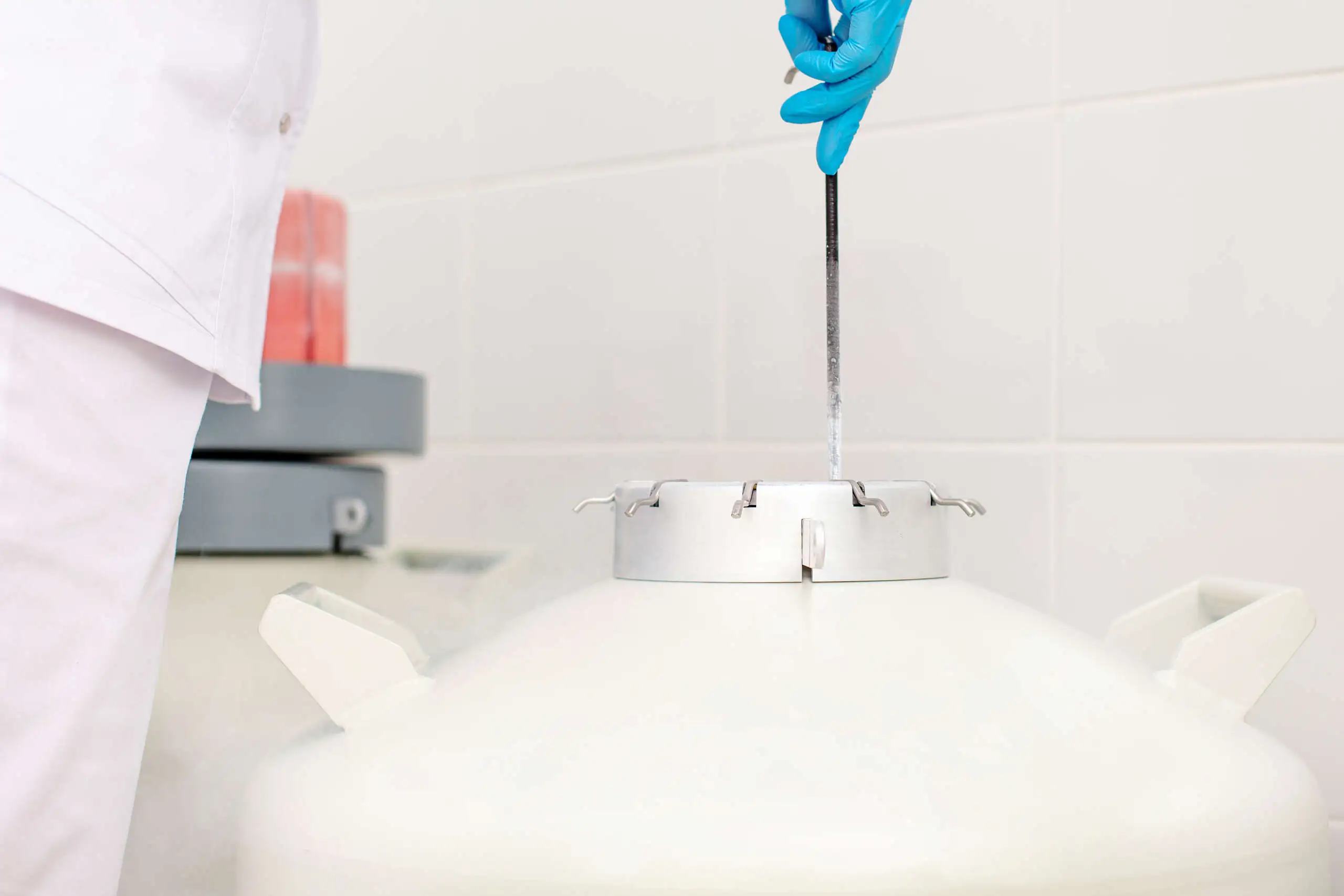Egg freezing, also known as oocyte cryopreservation, is a fertility preservation technique that allows women to freeze and store their eggs for later use. This can be a helpful option for women who want to delay childbearing for personal or medical reasons. In this blog post, we will discuss what happens during the egg freezing process.
Step 1: Ovarian Stimulation
The egg freezing process typically begins with ovarian stimulation. This involves taking medication to stimulate the ovaries to produce multiple eggs, rather than the single egg that is typically released during a normal menstrual cycle. The medication is usually taken daily for approximately 10-12 days, and during this time, the patient will be monitored through blood tests and ultrasounds to track the growth and development of the follicles (fluid-filled sacs in the ovaries that contain the eggs).
Step 2: Egg Retrieval
Once the follicles have reached the appropriate size, the eggs will be retrieved through a minor surgical procedure called transvaginal ultrasound-guided follicular aspiration. The procedure typically takes about 15-30 minutes and is performed under sedation or anesthesia.
During the procedure, a thin needle is inserted into each follicle through the vaginal wall, and the fluid containing the eggs is aspirated into a test tube. The eggs are then immediately taken to the laboratory for freezing.
Step 3: Egg Freezing
In the laboratory, the eggs are prepared for freezing through a process called vitrification. Vitrification involves rapidly cooling the eggs to -196°C using liquid nitrogen, which preserves the cells and prevents ice crystal formation.
Once the eggs have been vitrified, they are stored in a secure, temperature-controlled freezer until the patient is ready to use them.
Step 4: Egg Thawing and Fertilization
When the patient is ready to use her frozen eggs, they will be thawed in the laboratory and assessed for viability. Once the eggs have been confirmed to be viable, they will be fertilized using either traditional in vitro fertilization (IVF) or intracytoplasmic sperm injection (ICSI).
Step 5: Embryo Transfer
After the eggs have been fertilized and the resulting embryos have developed for several days, one or more embryos will be transferred into the patient’s uterus. This procedure is typically performed using a thin, flexible catheter inserted through the cervix.
Any remaining embryos can be frozen for future use if desired.
In conclusion, the egg freezing process involves several steps, including ovarian stimulation, egg retrieval, vitrification, and eventual thawing, fertilization, and embryo transfer. Egg freezing can be a helpful option for women who want to preserve their fertility for personal or medical reasons. If you are considering egg freezing, it is important to speak with a fertility specialist to learn more about the process and determine if it is right for you.

